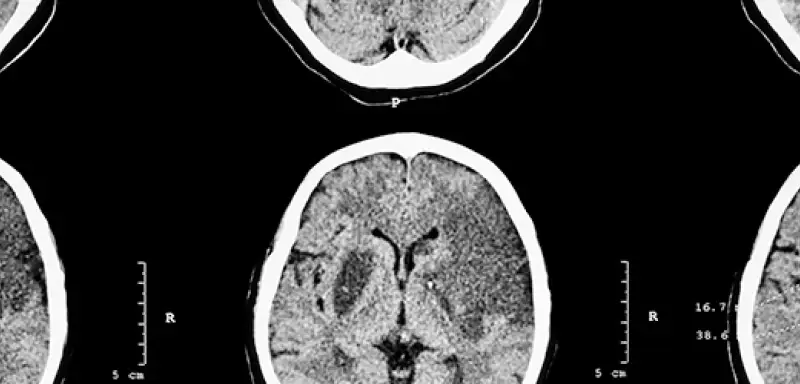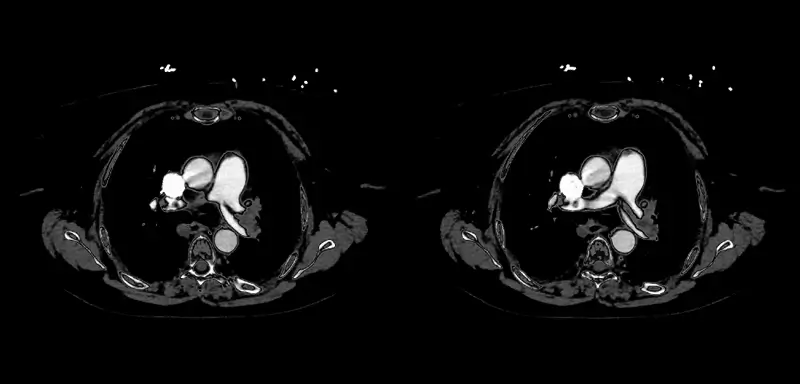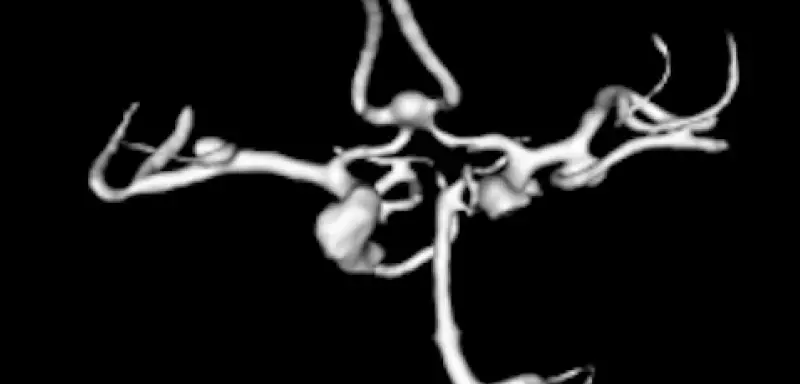Care teams
More time for what matters
RapidAI helps care teams move faster, stay aligned, and work without friction—so you can focus more on patients, and less on process.
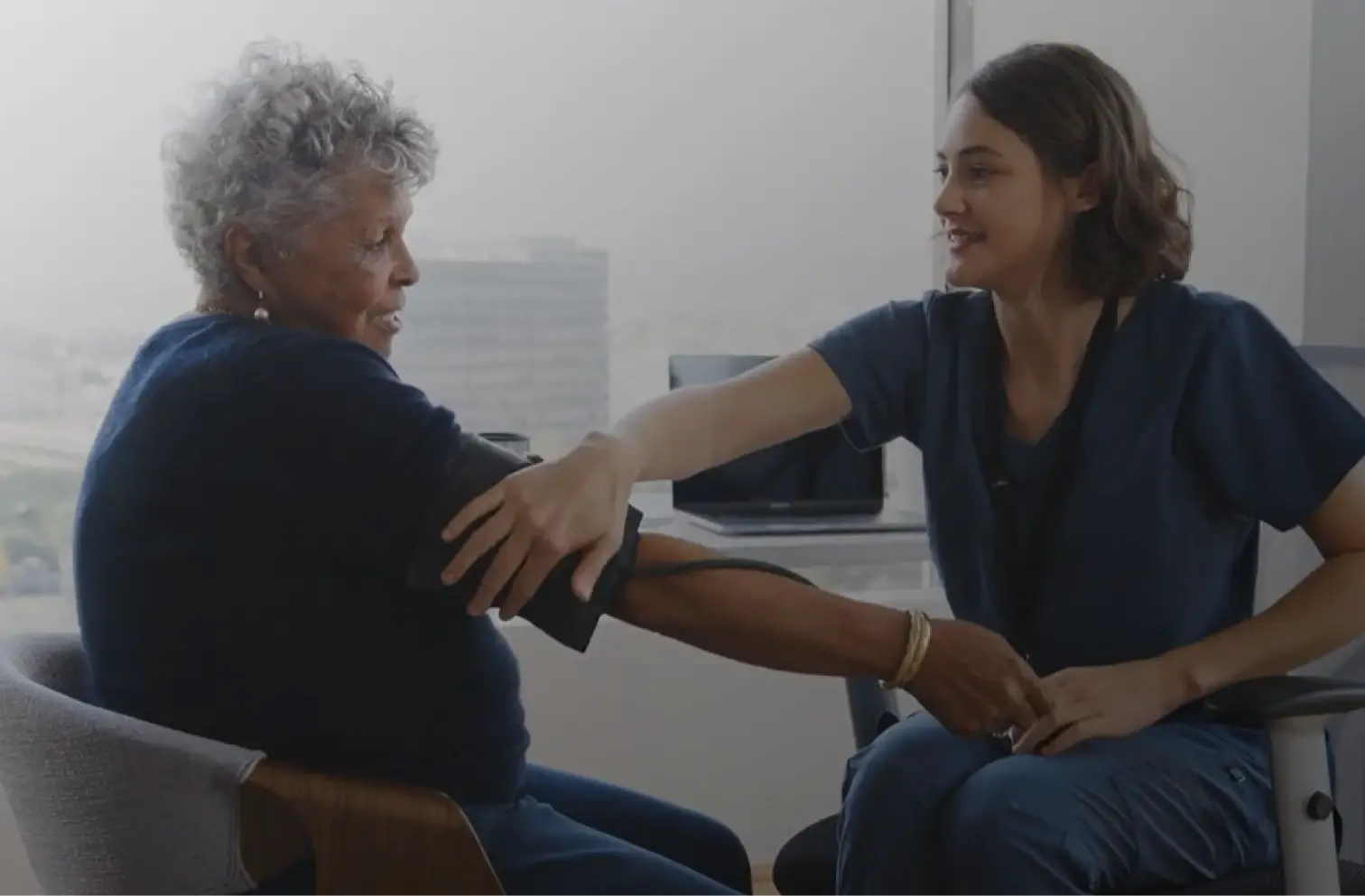
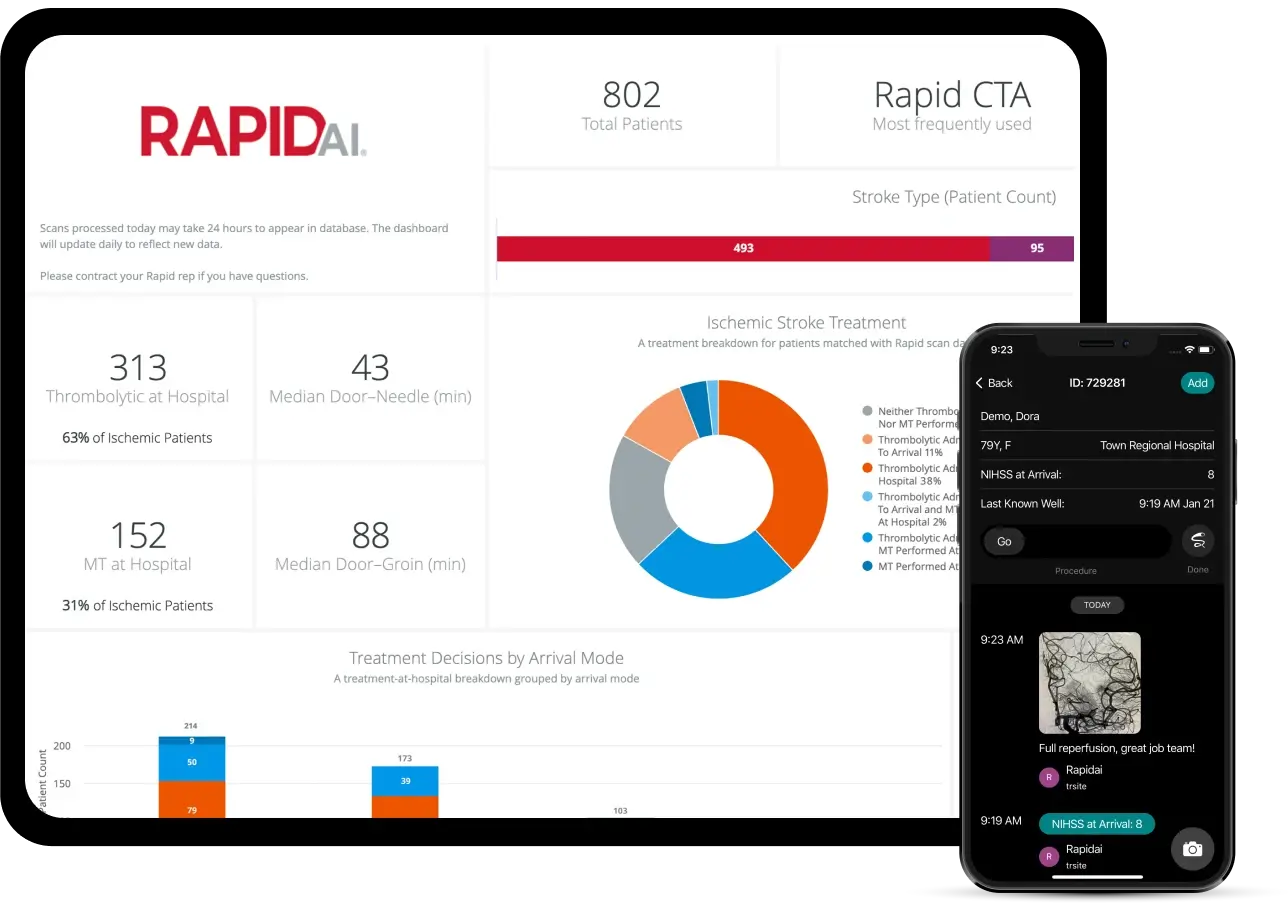
Where protocols meet seamless orchestration
From pre-arrival coordination to in-hospital treatment, RapidAI connects care teams with the tools to move quickly, stay informed, and work together—anytime, anywhere.
Coordinate
Patient care on desktop or mobile app
Access
Patient data and source files instantly
Communicate
In one place—1:1, group messaging, consults, and referrals
Sync
With your EHR to reduce manual tasks
Capture
Patient stats and data for easy reporting
Optimize
Performance and quality metrics by turning data into insights
Improve the metrics that matter
69%
Reduction in Door-to-CT
Baptist Health
63%
Reduction in Door-to-CTA interpretation
Christiana Care
52
Minutes saved in Door-to-Decision
Shawnee Mission
60%
Reduction in Door-in-Door-Out
Our Lady of the Lake
75%
Reduction in Door-to-Groin
Christiana Care
49%
Reduction in Door-to-Needle
Broward Health Medical Center
Navigate change with confidence
Our Clinical Success team—made up of experienced nurses—partners with you to optimize workflows and drive meaningful results.
Reduce door to treatment time
Reduce door to imaging time
Reduce phone calls or pager alerts
Facilitate patient triage
Reduce unnecessary transfers
Activate teams faster on one platform
Testimonials
Rapid AI has brought together the entire stroke team on one communication platform. Emergency, Interventional Radiology, Neurology, and Critical Care services are aware of the patient treatment plan at any given time. The average thrombectomy required 10 phone calls; Rapid AI software has reduced this to 4 calls."
Stroke Program Director
Our Lady of the Lake Regional Medical Center, Baton Rouge, LA
I was alerted, reviewed full scans, arranged transport, and communicated with the ED all through the phone app 15 minutes faster than under our ‘traditional workflow’."
Alejandro Spiotta, MD
Department of Neurosurgery at the Medical University of South Carolina (MUSC)
Turn data into action with RapidAI Insights
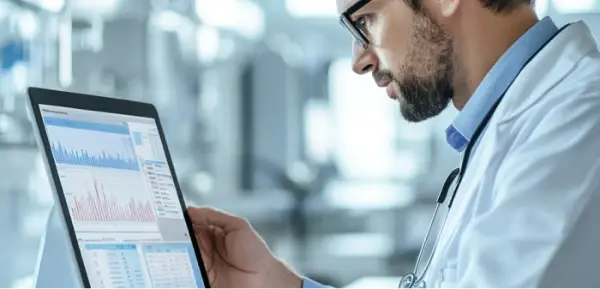
Track
Track program metrics within and across sites

Identify opportunities
Identify opportunities to improve processes, achieve goals, and ensure compliance

Report
Report on outcomes and ROI to convey the impact of your program
Increase usage and improve scan protocols
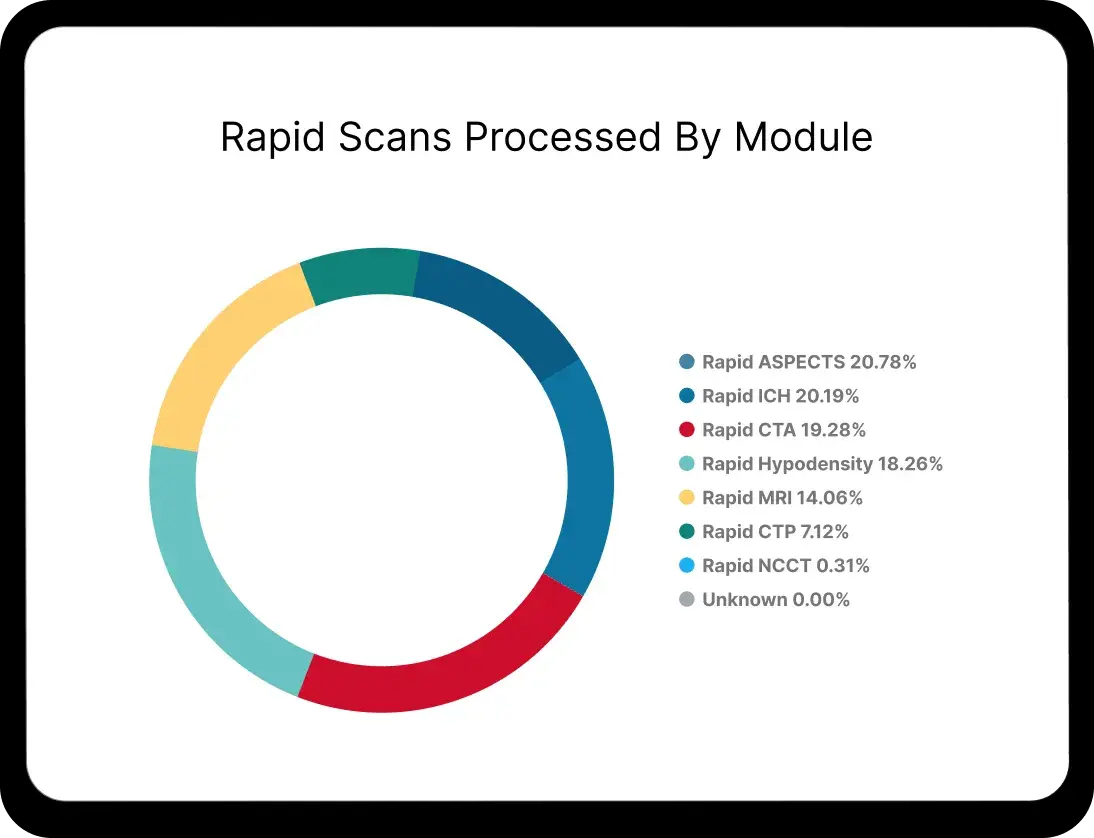
Easier data monitoring and security
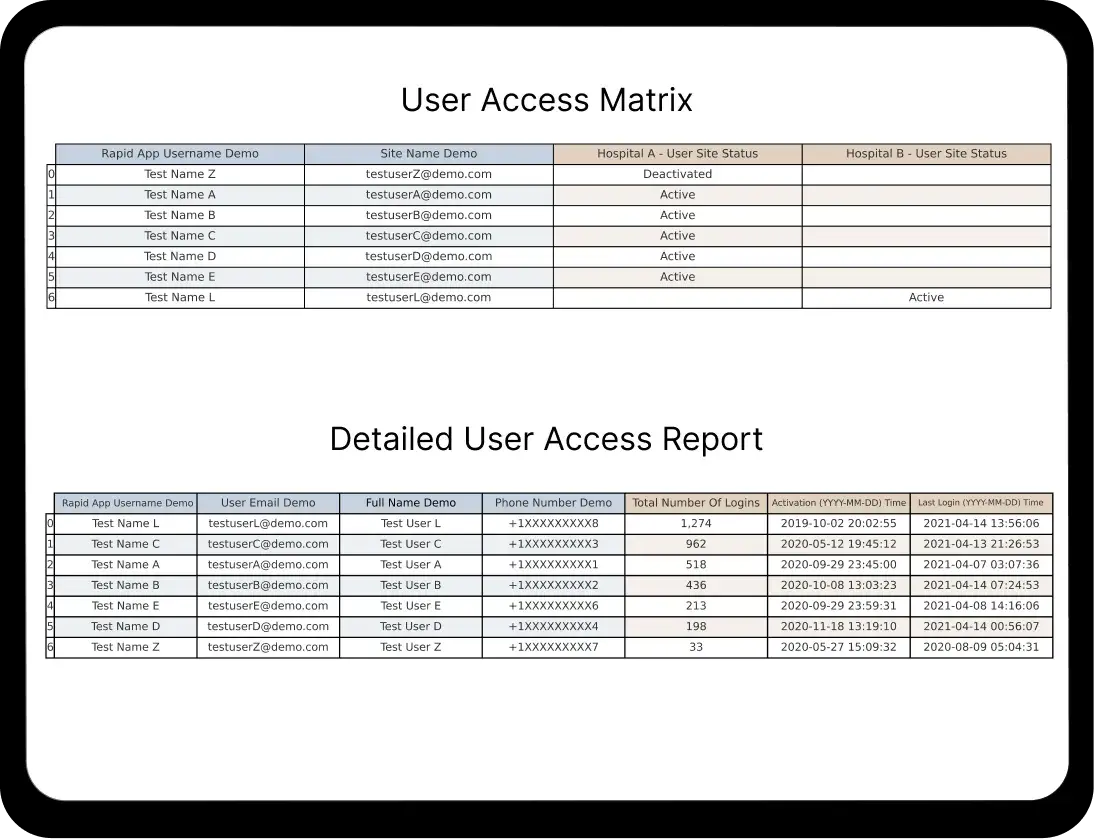
Optimize operational efficiency and effectiveness
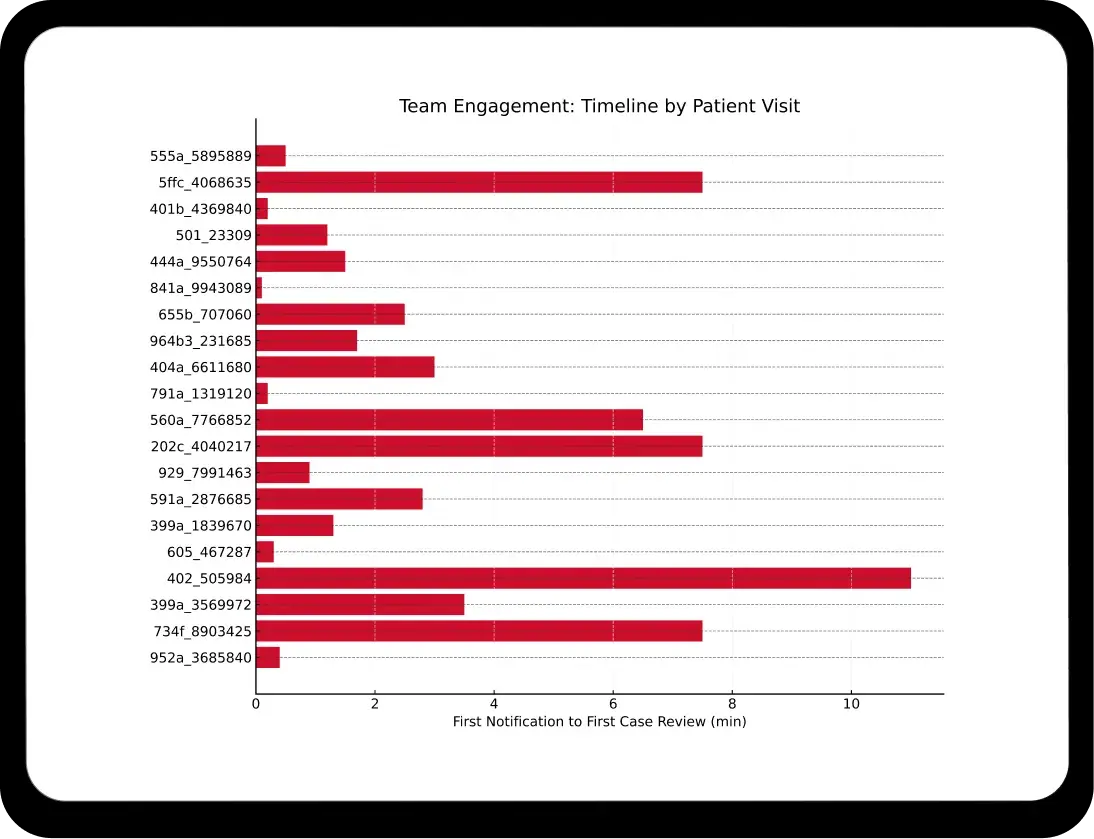
Improve processes for emergent care
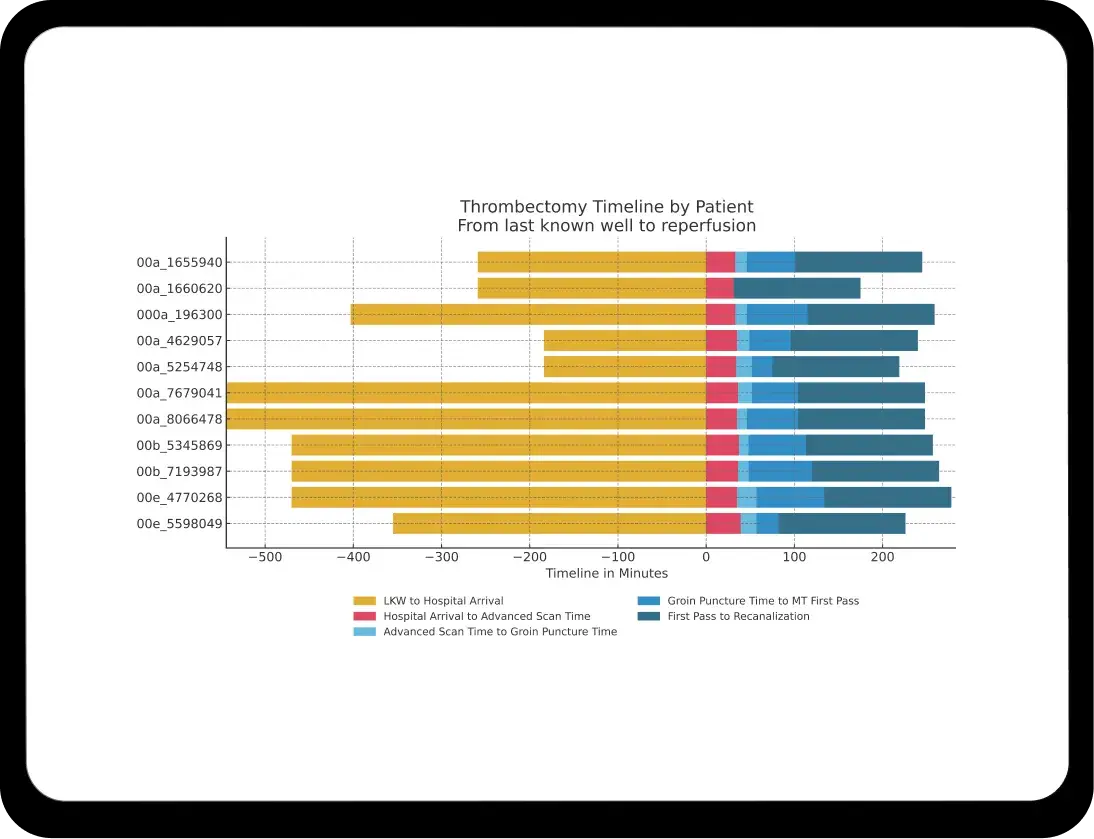
Increase usage and improve scan protocols

Easier data monitoring and security

Optimize operational efficiency and effectiveness

Improve processes for emergent care

